Amazing renewable energy storage solutions
Innovative solutions to a big global challenge
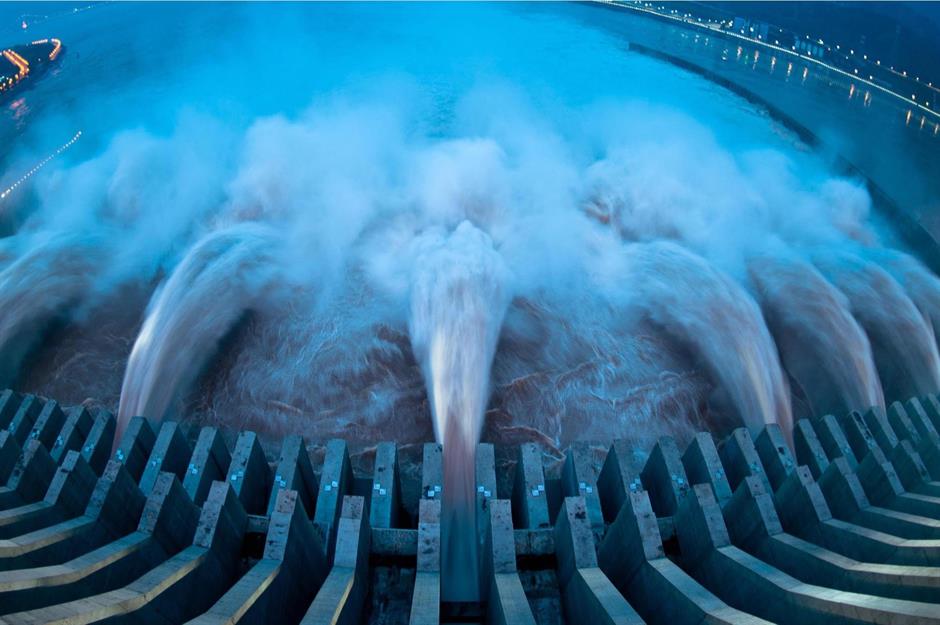
Coronavirus has thrust renewable energy into the limelight. In June last year it was predicted that the fossil fuel industry would undergo a $25 trillion (£20tn) collapse, while renewable energy would thrive, according to the International Energy Agency (IEA). Renewable energy currently makes up a third of the global energy supply, but there's a problem if demand is set to grow: storage. Many renewable sources including wind, solar and hydropower are reliant on weather and environmental conditions, so they need to be stored to provide a reliable supply. But solutions are being found. Click or scroll through some of the truly remarkable innovations companies have devised to make renewable energy storage a reality.
Thermal energy storage
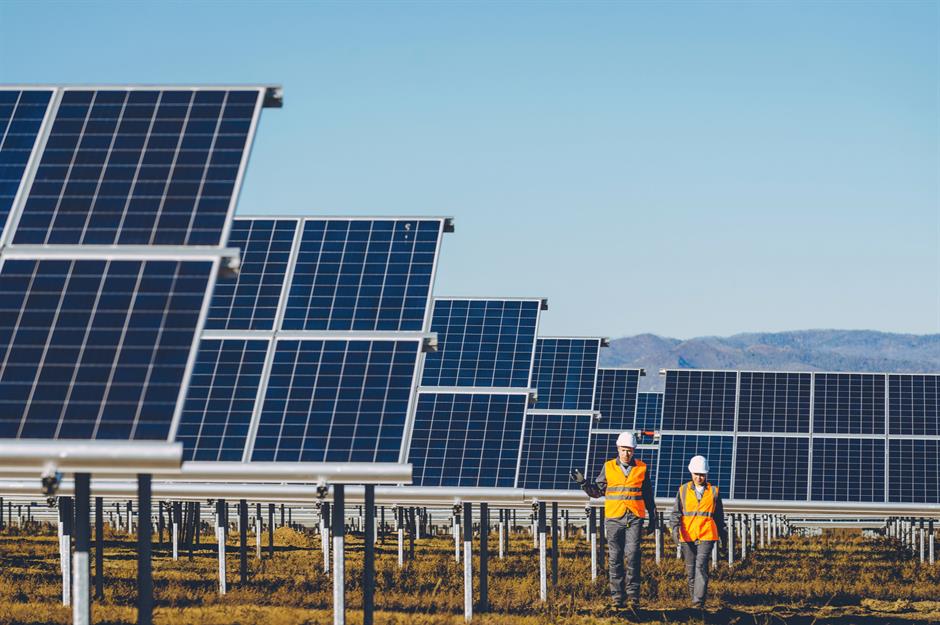
Globally, solar power is the fastest-growing new energy source and by 2024 usage is expected to have grown 50% compared to 2019. And, out of all the main renewable energy resources, solar has the largest potential to grow, according to the IEA. Thermal energy storage, which allows solar power to work when there’s no sunshine, could boost growth even further. Essentially, solar plants can capture heat from the sun and store it in a liquid, such as molten salts or water. This stored energy can later be used to generate electricity when it’s needed.
Thermal energy storage
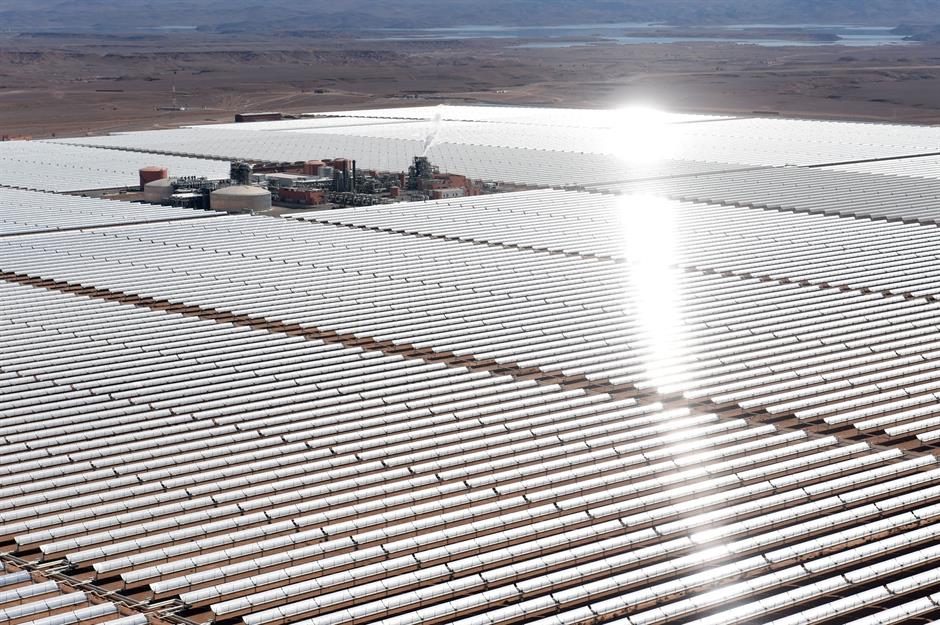
Concentrated solar power (CSP) plants are springing up across the globe, and the biggest currently known to be in operation is the 150 MW Noor III CSP tower in Morocco (pictured), which has been online since December 2018. In its first few months the plant exceeded expectations, and development is underway to further ramp up solar energy storage in the country. Dubai started construction on its Noor Energy 1 plant in 2019, which was set to become the new largest CSP plant last year, although there has been no confirmation that it has started operating. The 700-megawatt plant will be able to provide 100% of Dubai’s electricity for up to 15 hours after sunset, entirely through stored solar power.
Hydrogen

Hydrogen
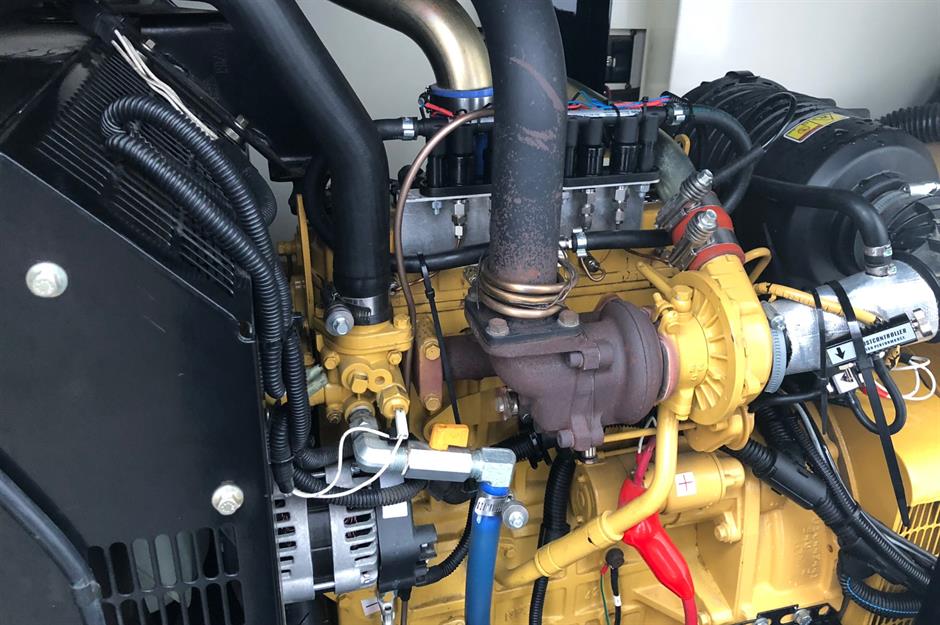
In Delfzijl in the Netherlands, a new water-electrolysis plant that will create hydrogen to be used as a sustainable airline fuel is underway and planned for completion in 2025. The EU-backed project, run by six companies including Nouryon and Gasunie New Energy, might even be scaled up from initial plans of 20 megawatts to 60 megawatts in order to make green hydrogen, and therefore sustainable jet fuel. This would mean 100,000 tonnes of sustainable aviation fuel could be produced each year.
Pumped hydroelectric storage
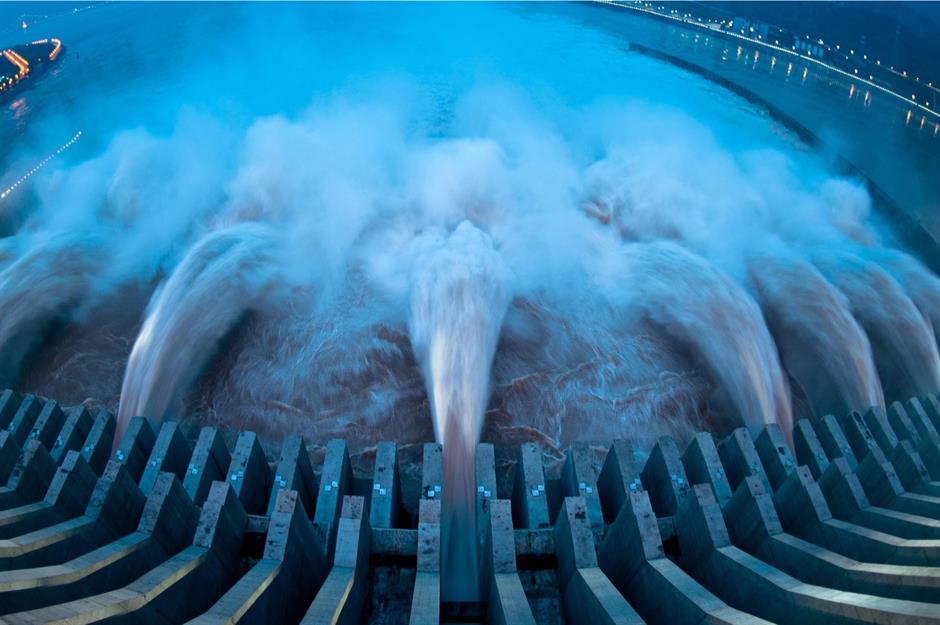
Pumped hydroelectric storage
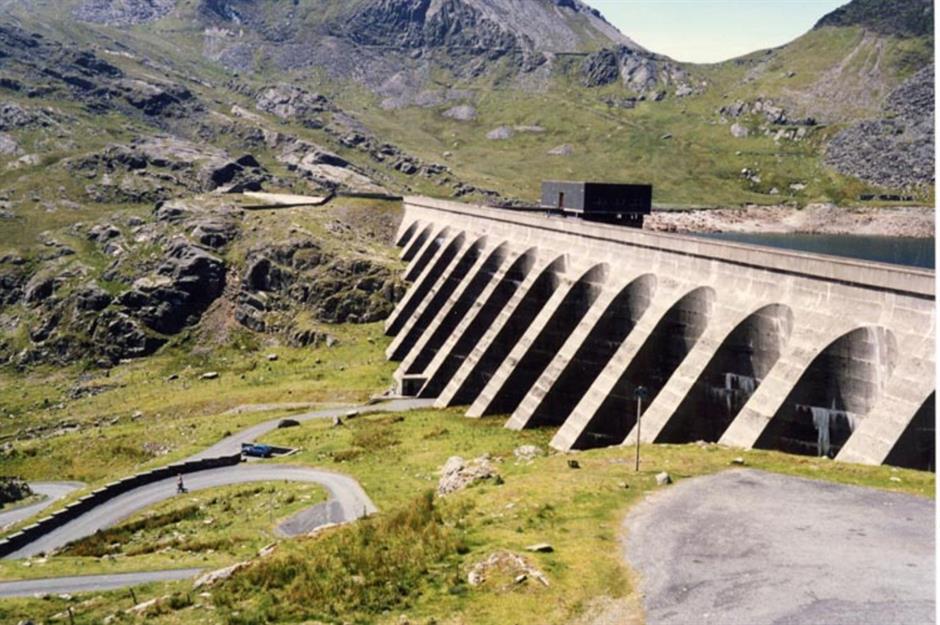
Ffestiniog Power Station in North Wales is a great example. The power station, commissioned in 1963, has four generating units with a combined output of 360 megawatts of electricity, enough to meet North Wales’ electricity needs for several hours. The upper reservoir, Llyn Stwlan, discharges up to 950 cubic feet (27 cubic metres) of water per second through two high-pressure shafts. The discharge is then directed into the station to begin generating power. Overnight, when power demand is low, the water is pumped back to Llyn Stwlan.
Flywheels
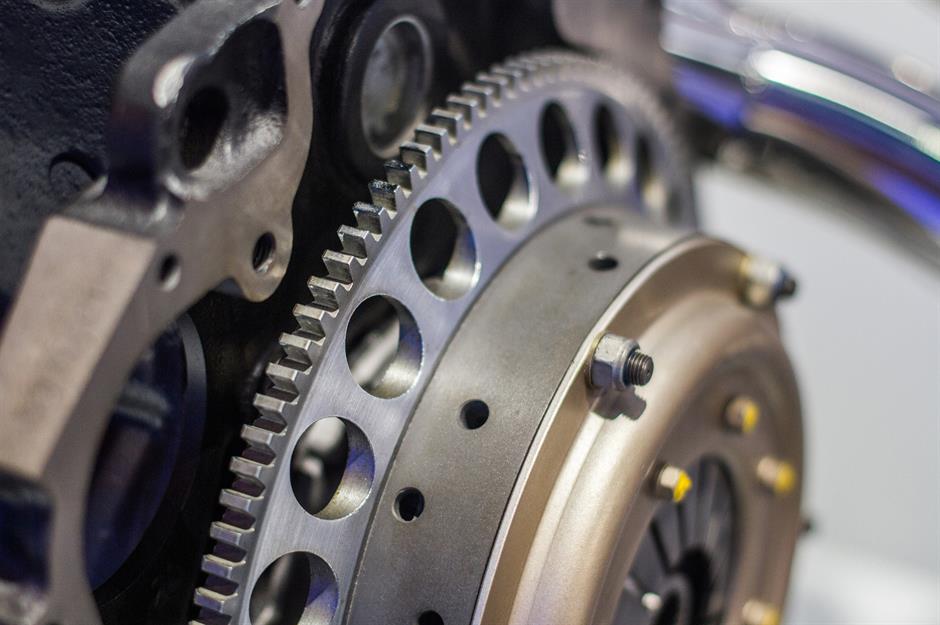
Flywheels
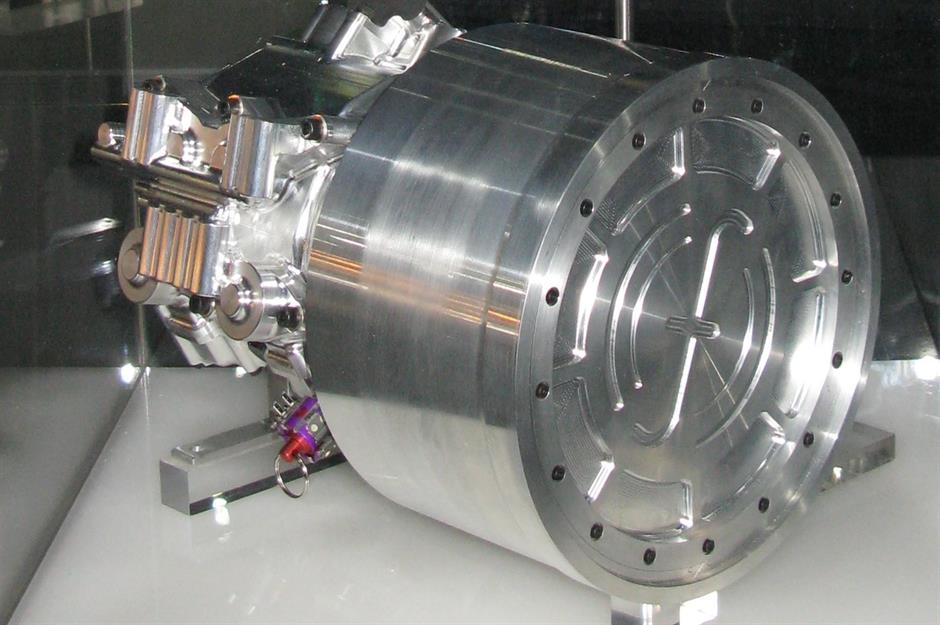
UK company OXTO Energy has developed a flywheel with a lifespan of more than 25 years that can provide safe, competitively-priced energy storage. The company’s 100% recyclable design is currently being used in the French smart city Nice Côte d'Azur Métropole as a means of generating power for electrical vehicle charging to support its grid. It has also been employed to support Kenya’s energy supply. If a blackout occurs, there is typically a delay before back-up generators kick in, and so energy stored by the flywheel is able to fill the gap and ensure that residents don’t go without power.
Lithium-ion batteries
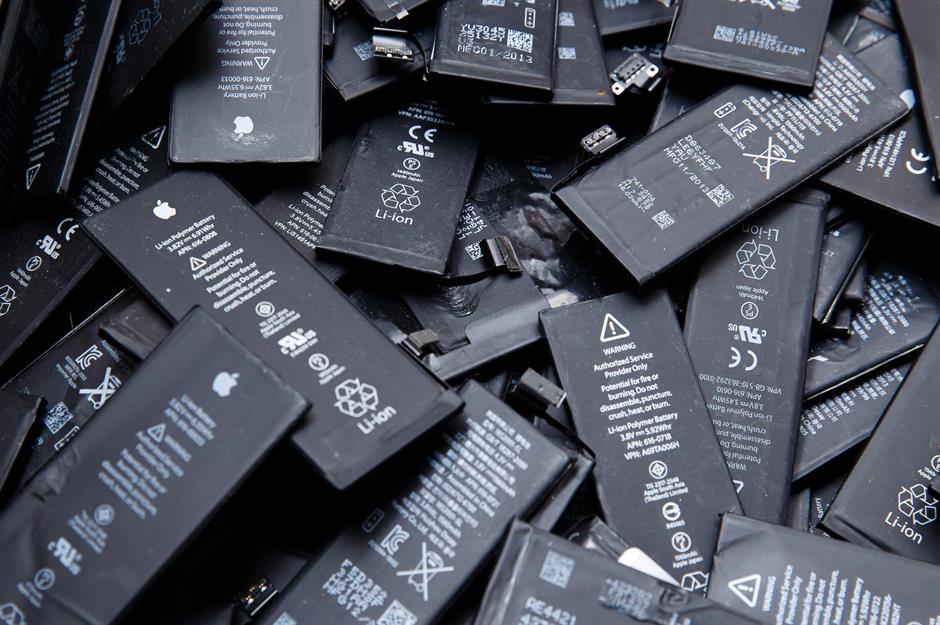
Lithium-ion batteries
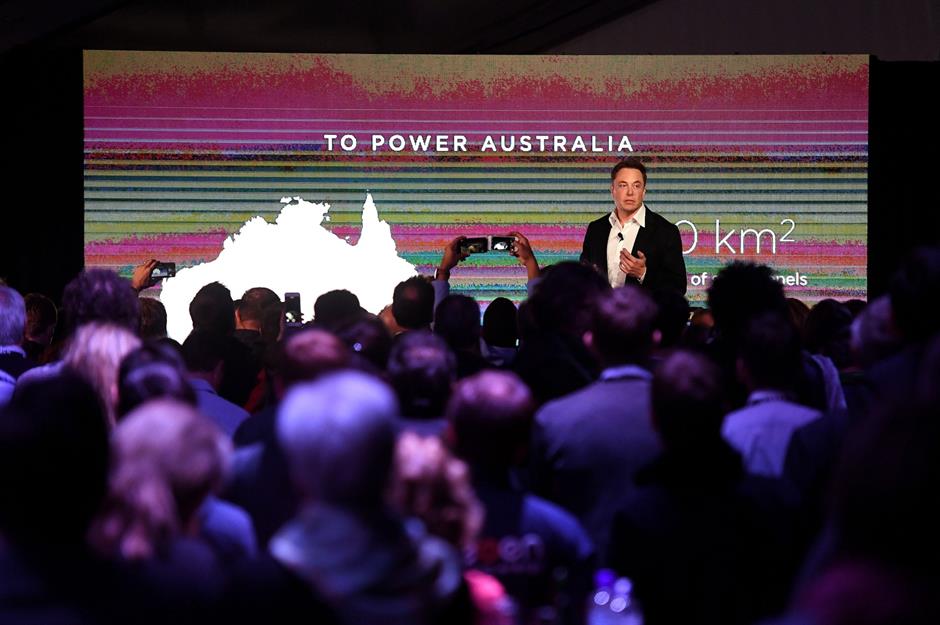
In 2017, Elon Musk's automotive and energy company Tesla began construction on the world’s largest lithium-ion battery installation in South Australia. It’s connected to the Hornsdale windfarm and used to store renewable energy in order to stabilise the supply. Last year the installation increased its capacity from 100 to 150 megawatts, after the South Australian state government and the Australian Renewable Energy Agency committed A$23 million ($16m/£12m) to the expansion project in late 2019.
Lithium-ion batteries

However, a new giant battery is set to take the title of the world’s biggest from the Hornsdale installation. Renewable energy fund CEP Energy currently has a $2.4 billion (£1.7bn) battery in the pipeline for Kurri Kurri in New South Wales, Australia, which will have a power capacity of up to 1,200 megawatts – eight times more than the Hornsdale battery. The Kurri Kurri battery comes as part of a four-battery network that will have a combined capacity of 2,000 megawatts and is just one project in a recent flurry of energy storage initiatives underway in Australia.
Vehicle-to-grid systems
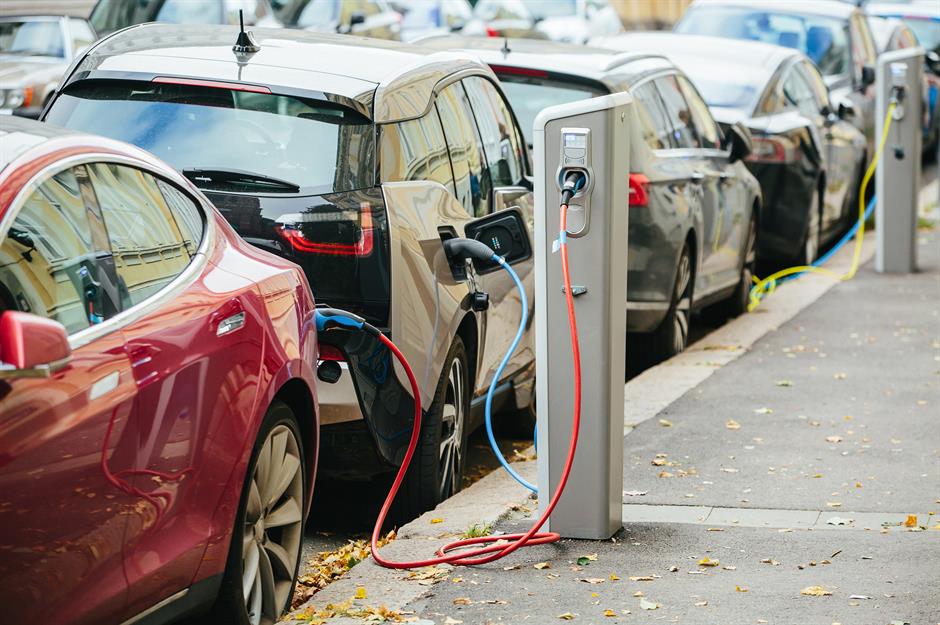
Electric car sales are on the rise: in 2020 global deliveries of plug-in hybrid and electric vehicles rose by 43% with a total of 3.24 million cars sold. This comes as overall car sales slumped by a fifth because of the coronavirus pandemic. Last year, Europe pushed past China as the world’s biggest market for electric vehicles, with Tesla and Volkswagen named as the top sellers, according to EV-volumes.com. And these vehicles could soon be providing electrical supply to our homes too. The idea is that Electric Vehicles (EVs), which use lithium-ion batteries, are connected to the grid when stationary, with the power being switched from DC (used in EVs) to AC (used by the grid).
Vehicle-to-grid systems
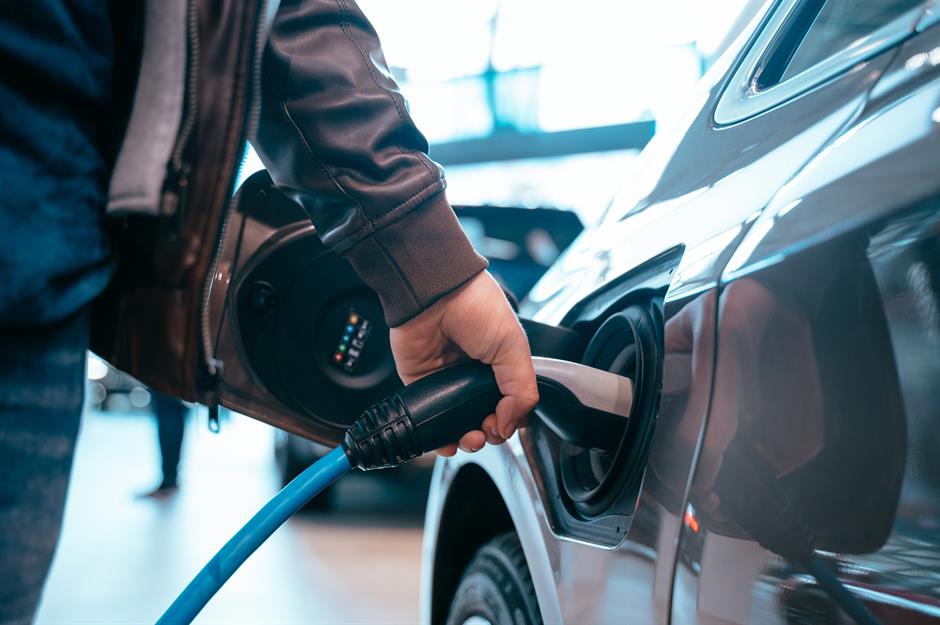
The theory is becoming a reality in the UK, as a number of energy companies are running nationwide trials of Vehicle to Grid (V2G) technology, offering attractive tariffs to those who take part. OVO Energy for example, reported that customers who signed up to its V2G tariff saved up to £800 ($1.1k) on their annual bills. Customers can charge their electric cars while the grid is off-peak (at a cost of £0.15/$0.21 per kWh), drive normally throughout the day, and then use the car battery to power lights and appliances in the house in the evening. Excess power then goes back to the grid when prices are higher (£0.31/$0.44 per kWh), which generates a profit.
Rail energy storage
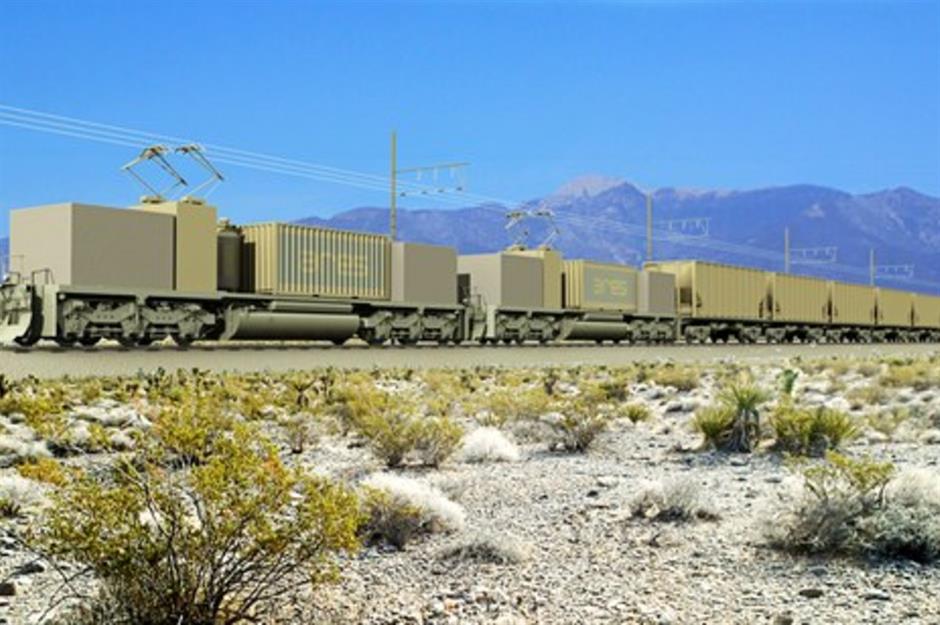
Cars aren’t the only vehicle that could soon be providing our electricity. Repurposed trains can be loaded with weight and then run up a hill using surplus energy from wind or solar power. Then, when there’s not enough wind or solar power being produced, the train rolls back down the hill, turning potential energy into kinetic energy, which will power onboard generators to produce electricity.
Rail energy storage
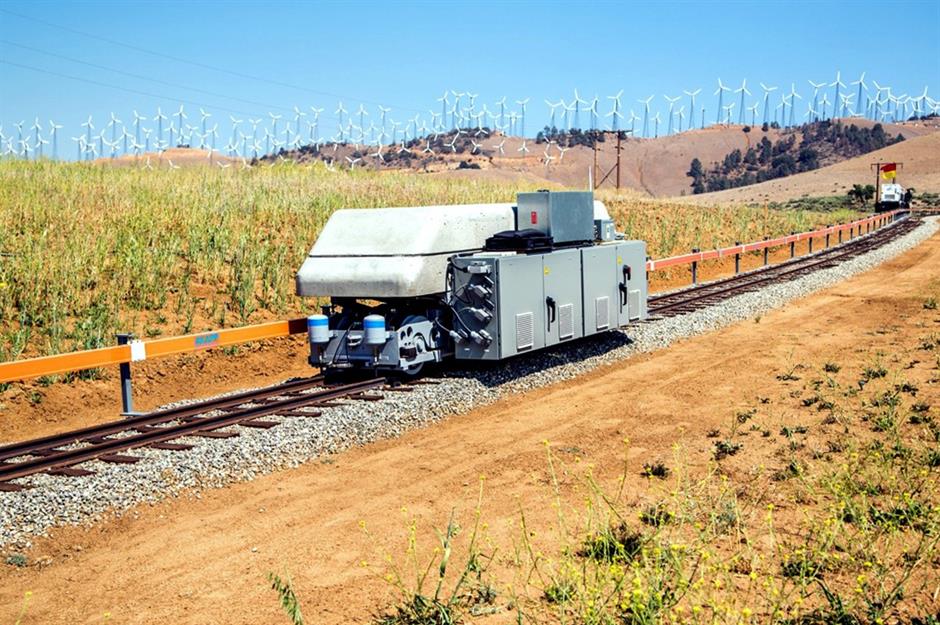
In Nevada, a California-based company called Advanced Rail Energy Storage (ARES) is planning to harness the power of gravity in this way soon. The company is developing a 50-megawatt GravityLine in Nye county. Construction started in October last year and the project will sprawl across 20 acres, featuring a collection of 210 mass cars on a set of 10 multi-rail tracks. The cars will act as batteries, storing energy for the electric grid.
Discover the countries with the best and worst recycling rates
Solid-state batteries
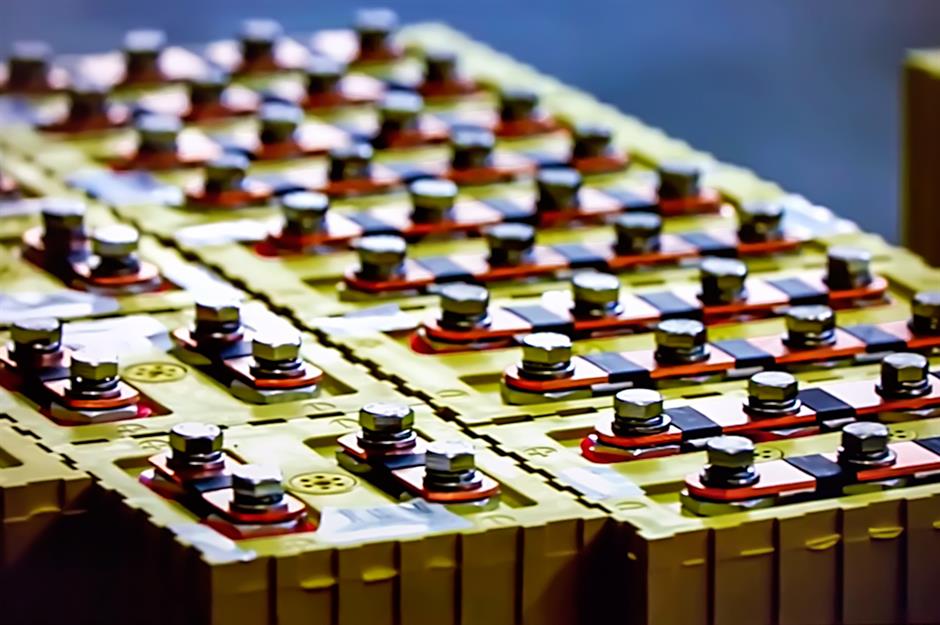
Solid-state batteries
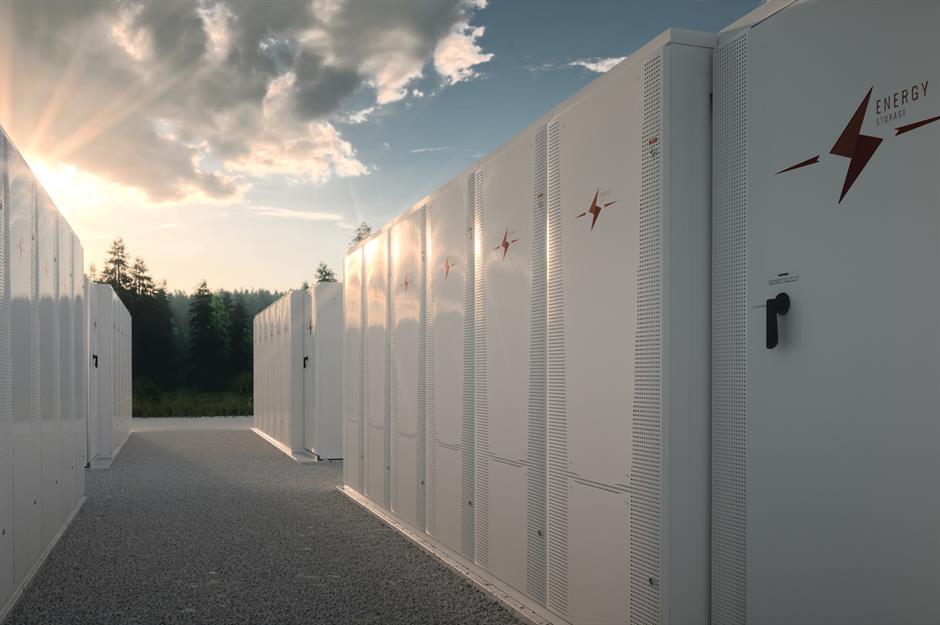
It’s still early days for the technology, but it’s drawn in some big names – Toyota, Hitachi, Panasonic and many others are all developing solid-state batteries. Blue Solutions, an award-winning energy storage company, announced in November 2019 that it had developed the only commercialised solid-state lithium battery, which it plans to use for electric vehicles. However, experts reckon that solid-state batteries won’t become a key part of the energy storage industry until 2025.
Discover the nations where renewable energy has overtaken fossil fuels
Redox flow batteries
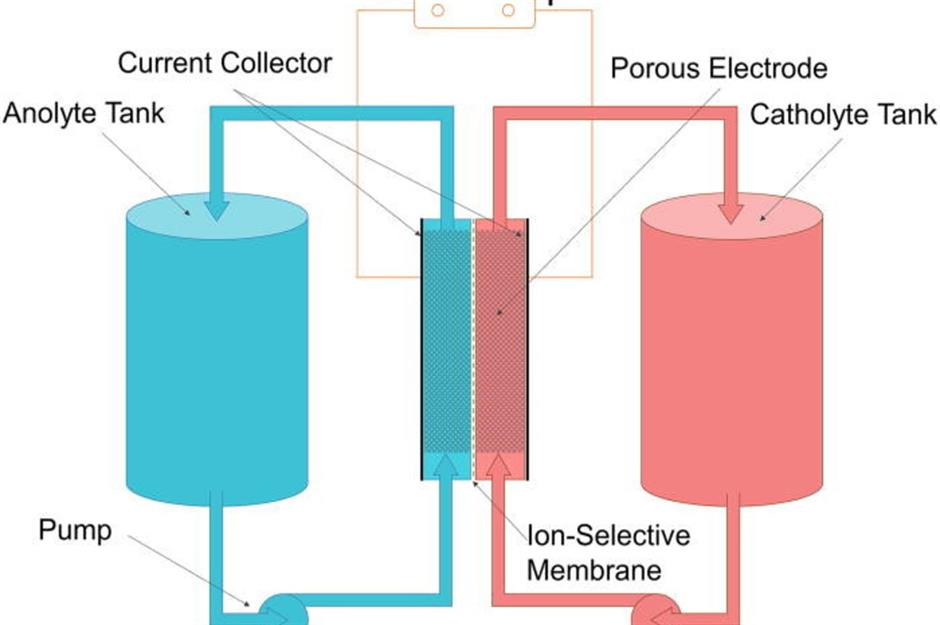
Redox flow batteries
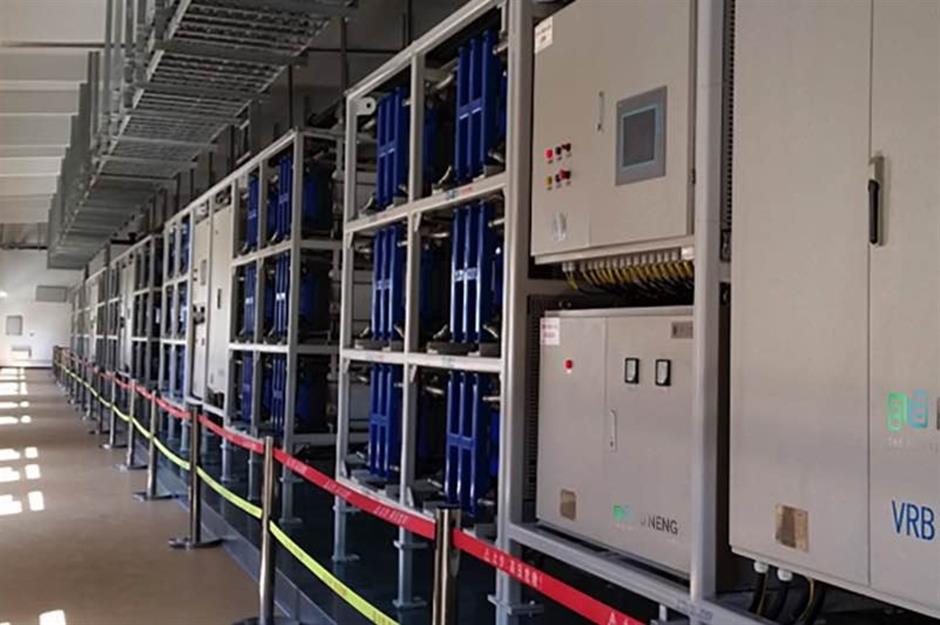
While lithium-ion batteries are already being used to back up schools and hospitals, they can’t easily be scaled up to back up an entire city’s power supply. That’s where redox flow batteries could come in. Battery manufacturer VRB Energy is currently making a flow battery in Hubei, China, which it hopes will eventually become a 100-megawatt storage system to be linked up with the smart energy grid. The project is reported to have been accelerated by the pandemic, and VRB received an undisclosed amount of funding from the Chinese government in July last year.
Gravity storage
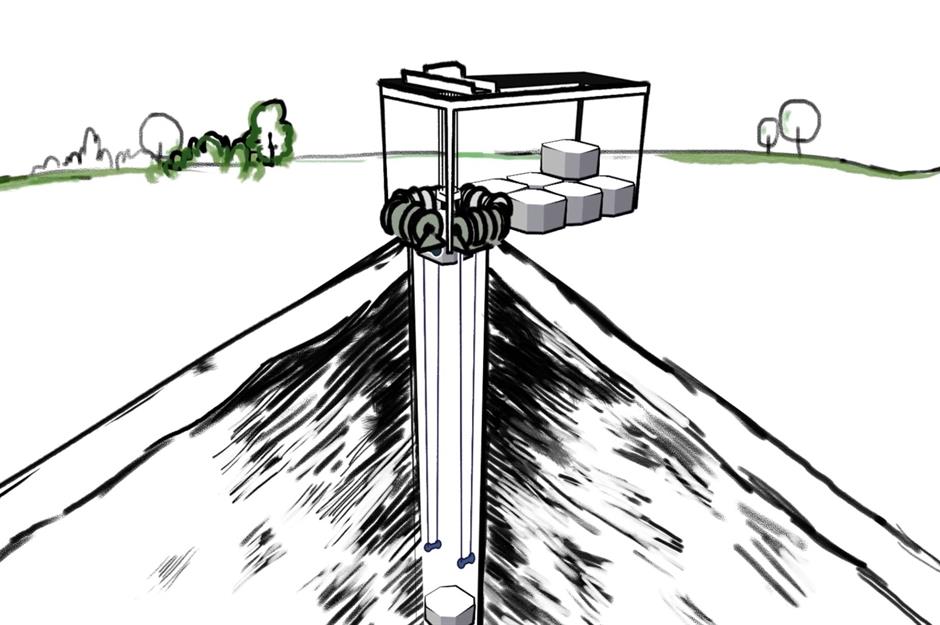
Gravity storage
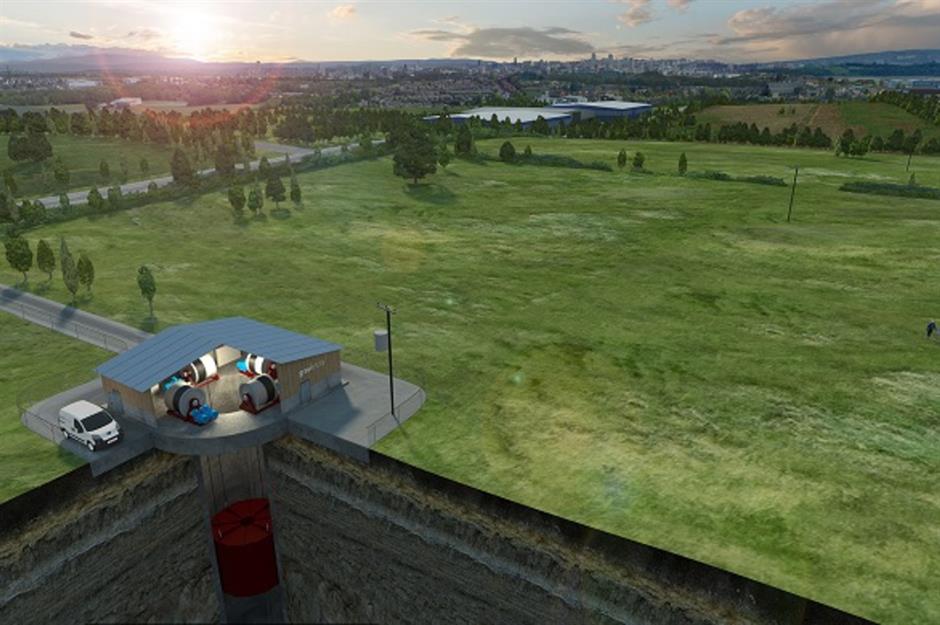
Edinburgh-based company Gravitricity is pioneering use of the technology. Following a crowdfunding campaign in October 2019, where the company raised more than £750,000 ($960k), it is developing a gravity-based system. It works by suspending weights of up to 5,000 tonnes in a deep shaft by cables, allowing electricity to be absorbed or generated by lifting or lowering the weight. The company intends to have a full-scale prototype in action in a disused mine later this year. There's great potential for this method as there are currently an estimated 150,000 disused mineshafts in the UK.
Pressurised water
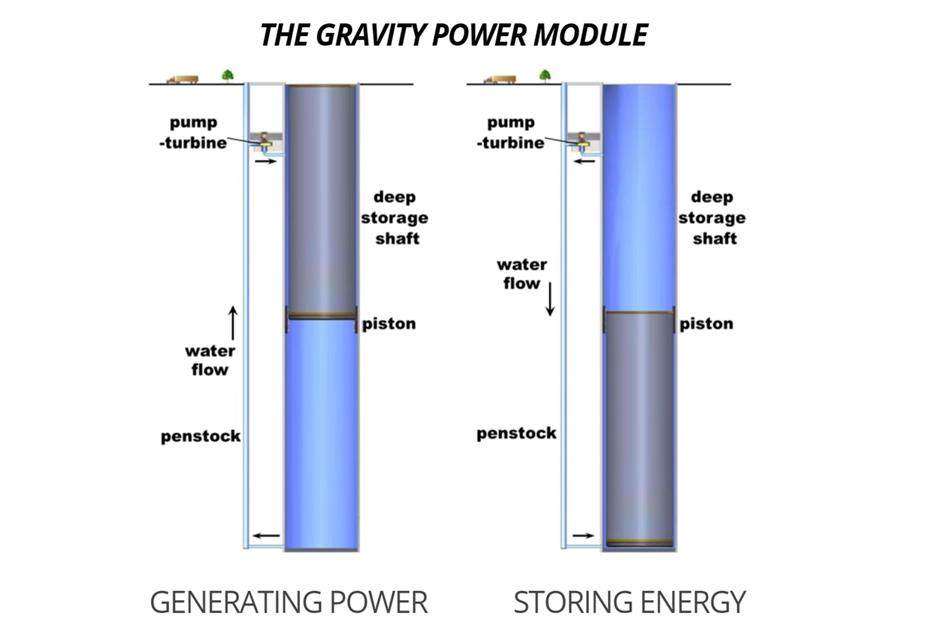
Pressurised water
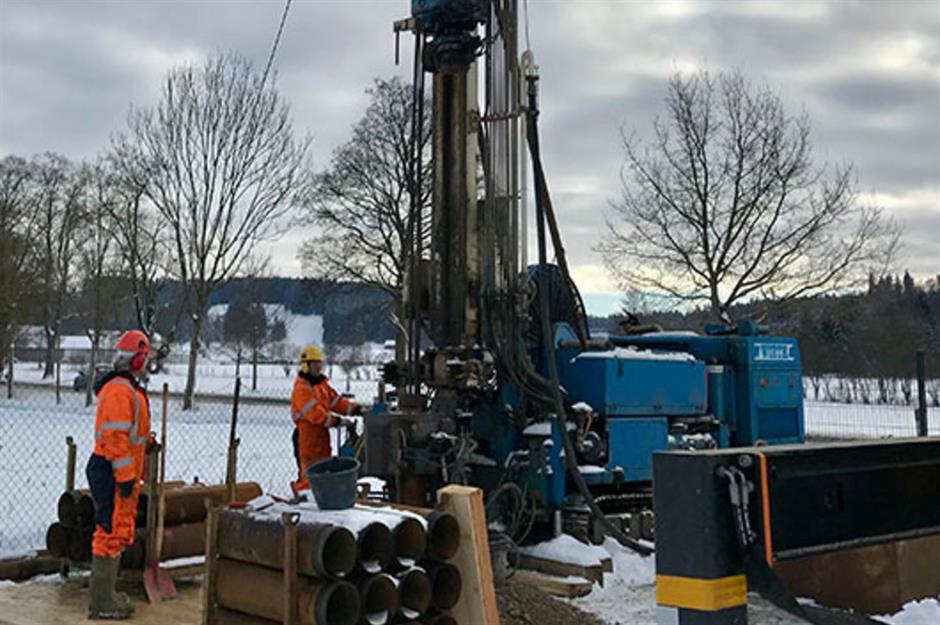
Gravity Power, a California-based energy storage company, is currently exploring this technology’s potential. Following a construction report completed by Babendererde Engineers of Bad Schwartau, Germany, the company has started building a demo plant in Weilheim, Bavaria (pictured). The plant is intended to be linked up to solar power in the region.
Compressed air energy storage (CAES)
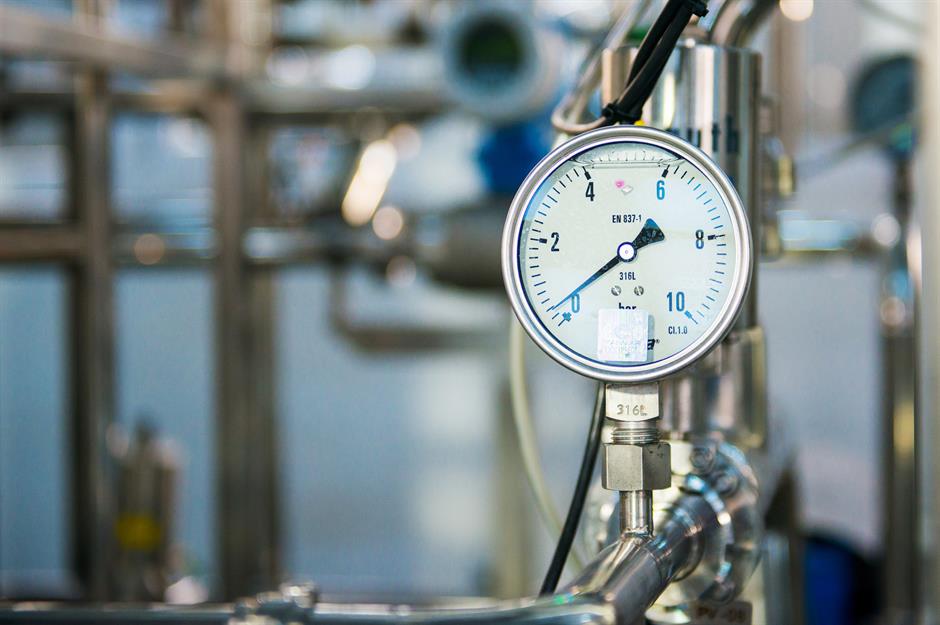
Another way to store excess grid power is through compressed air. It works like this: a compressed air plant buys extra electricity from the grid at off-peak times, which is used to compress air that is then pumped into underground storage and kept compressed by a column of water. When the energy is needed, the pressure can be released so that the air drives turbines on the surface to generate electricity.
Compressed air energy storage (CAES)
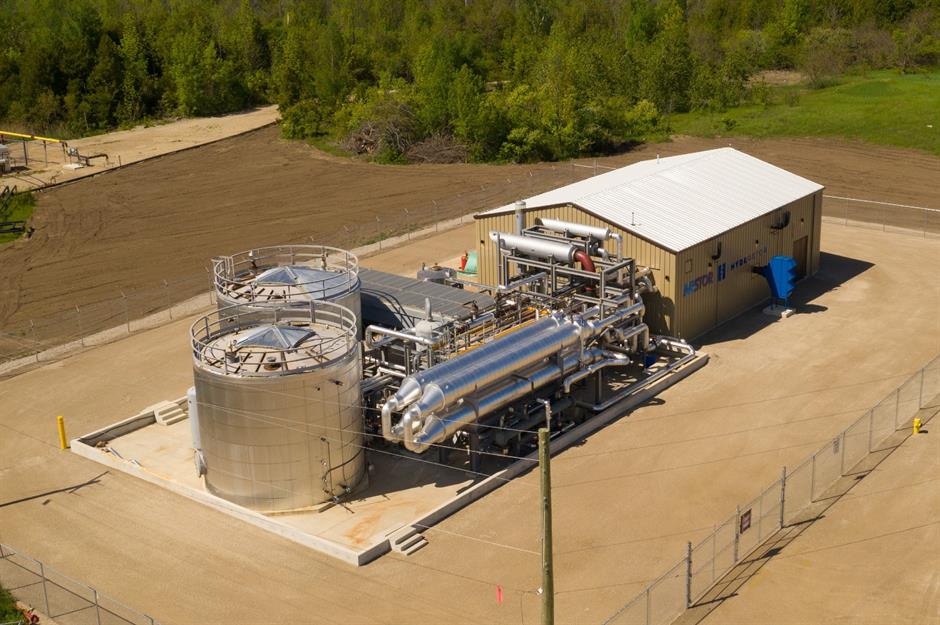
In an old salt mine in the town of Goderich, Canada, one company is using compressed air energy storage (known as CAES) to help Canada deliver reliable, clean energy. Toronto-based Hydrostor launched the zero-emission energy storage facility in November 2019, which can store up to 10 megawatts of power, the equivalent of powering the lights in 2,000 homes for around five hours. The facility costs half as much as normal battery technology with the same capacity and is expected to last five times as long.
Read about the countries making money from fighting climate change
Comments
Be the first to comment
Do you want to comment on this article? You need to be signed in for this feature
Most Popular
Features How Michael Jackson's children boost their bank balances